
OR
Pollution reduces life expectancy of Nepalis by five years
Published On: August 30, 2023 11:30 AM NPT By: SHREE RAM SUBEDI
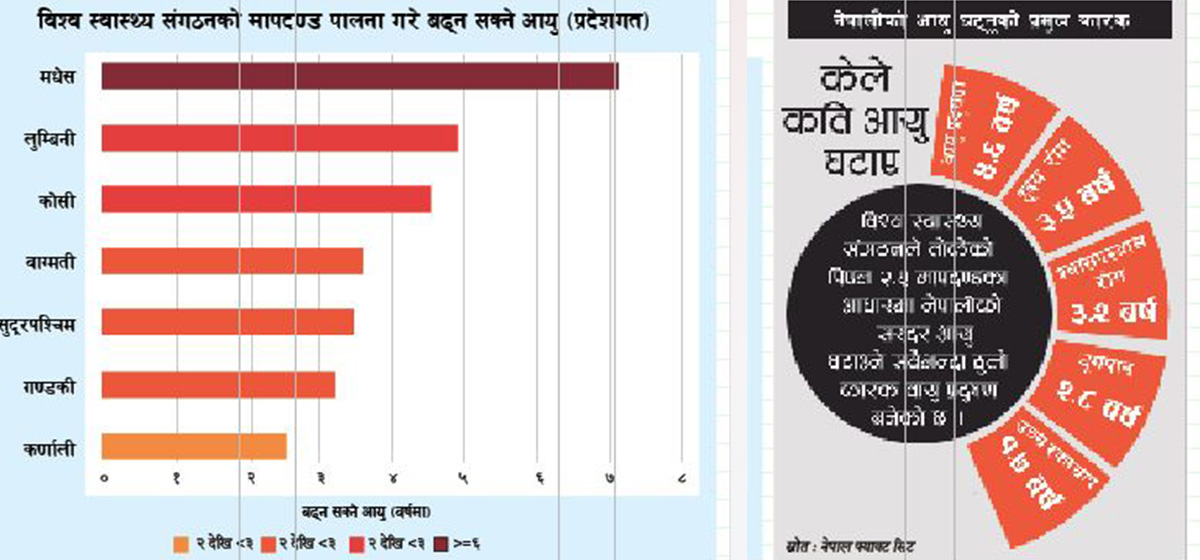
Nepal is the third most-polluted country in the world
KATHMANDU, Aug 30: It's monsoon time. Air pollution has decreased due to rain. Although there is not much discussion, an international report has shown that air pollution in Nepal has a serious impact on public health leading to a significant reduction in the average life expectancy of Nepalis.
According to the international report titled 'Air Quality Life Index-2023' released on Tuesday and based on the data of 2021, the average life expectancy of Nepalis has decreased by 4.6 years due to air pollution. The life expectancy of the locals in nine districts of Terai has been reduced by 6.8 years.
The data on Particulate Matter (PM) 2.5 collected based on satellites shows that Nepal is the third most-polluted country in the world. Air pollution is measured as fine particles with a diameter of 2.5 micrometers per cubic meter and smaller as PM 2.5.
According to this international report, which is updated every year, based on the PM 2.5 standard set by the World Health Organization (WHO), air pollution has become the biggest factor in reducing the life expectancy of Nepalis. According to the report, air pollution has reduced life expectancy by 4.6 years, followed by smoking by 2.8 years and high blood pressure by 1.7 years.
Based on the WHO standards, the entire population of Nepal is forced to intake polluted air in terms of annual particulate pollution.
Particulate pollution caused by small toxic particles in the air is continuously increasing in Nepal. Compared to 1998, particulate pollution had increased by 75.2 percent by 2021. According to the report, since 1998, the life expectancy of Nepalis has decreased by 2.2 years due to air pollution.
If air pollution is maintained according to the WHO standards in Terai district with high pollution along the border with India, life expectancy will increase by 6.5 percent. Likewise, if WHO standards are followed, the life expectancy of Kathmandu residents will increase by 3.5 years.
WHO recommends, the amount of PM 2.5 in the air should be 5 micrograms per cubic meter annually. However, Nepal's air quality standards set it at 40 micrograms per cubic meter. In this calculation, the national standard set by Nepal is 8 times higher than the PM 2.5 standard set by WHO (annual average rate of 5 micrograms per cubic meter).
Emphasizing this fact, it is mentioned in the report that although there is such a big risk and challenge of particulate pollution in Nepal in terms of health burden, Nepal has not updated the annual standard of PM 2.5. Emissions from diesel-based vehicles, smoke from forest fires, smoke from brick factories, emissions from burning agricultural residues and burning garbage are considered to be the main causes of air pollution in Nepal.
Similarly, the pollution caused by the burning of large amounts of agricultural residues in northern Indian states is also believed to come to Nepal. Due to air pollution affecting most parts of the body, the number of patients with respiratory diseases, lung cancer, heart disease, hypertension, stroke has increased in recent years.
According to the State of Global Air 2020 report, 42,000 people died in Nepal in 2019 due to indoor and outdoor air pollution. Studies have shown that 19 percent of air pollution-related deaths are among children under the age of 5 and 27 percent are over the age of 70.
You May Like This
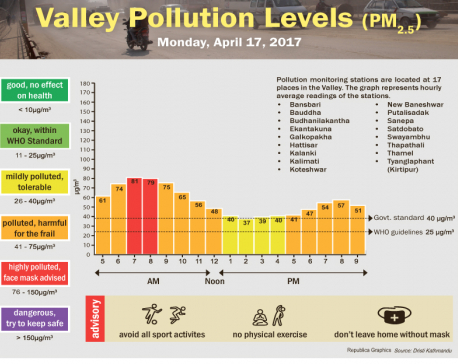
Valley Pollution Levels
The graph above is based on the pollutant of fine particulate matter, PM2.5 (PM less than 2.5 microns) of Kathmandu... Read More...
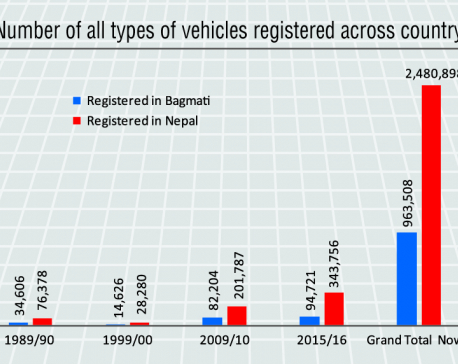
Valley pollution impact as bad as smoking: Experts
KATHMANDU, March 16: A statutory provision requires that the warning ‘smoking is injurious to health’ should appear on every packet of... Read More...

Infographics: Best and worst countries for air pollution
Best and worst countries for air pollution ... Read More...
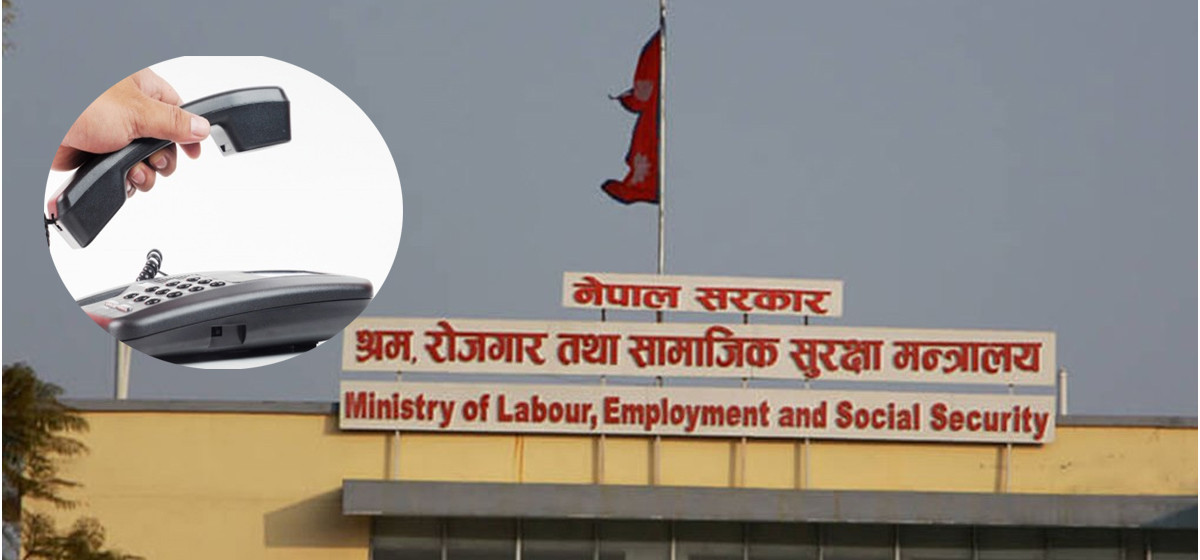


Just In
- NEPSE inches up 0.07 points, while daily turnover inclines to Rs 2.95 billion
- Gandaki Province reports cases of forest fire at 467 locations
- Home ministry introduces online pass system to enter Singha Durbar
- MoLESS launches ‘Shramadhan Call Center’ to promptly address labor and employment issues
- Biratnagar High Court orders Krishna Das Giri to appear before court within one month in disciple rape case
- Ilam by-election update: UML candidate Suhang maintains lead
- Korean embassy and NTB jointly commemorate 50th anniversary of Korea-Nepal diplomatic relations
- SC administration files contempt of court case against SidhaKura









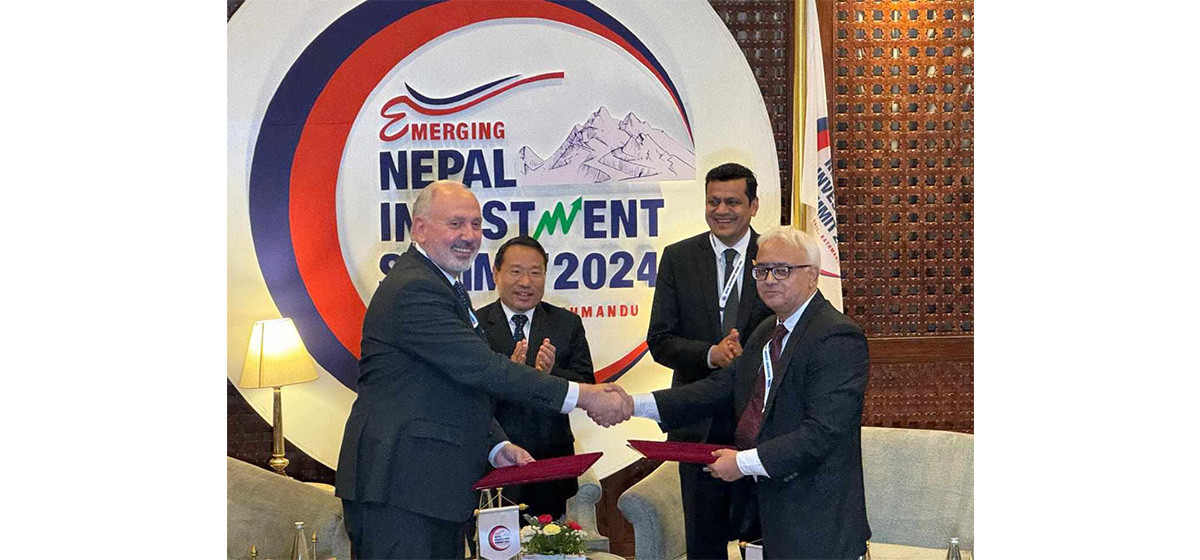

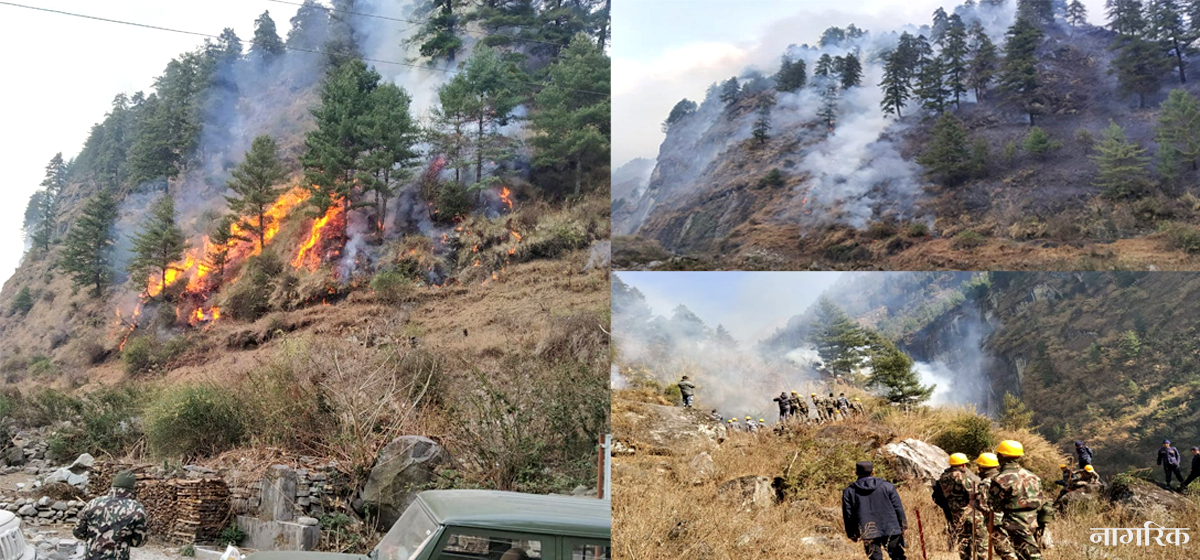


Leave A Comment